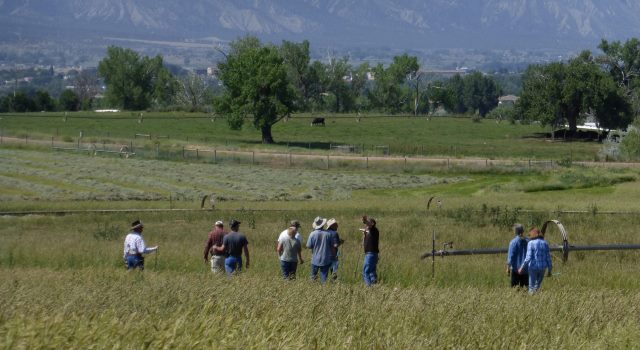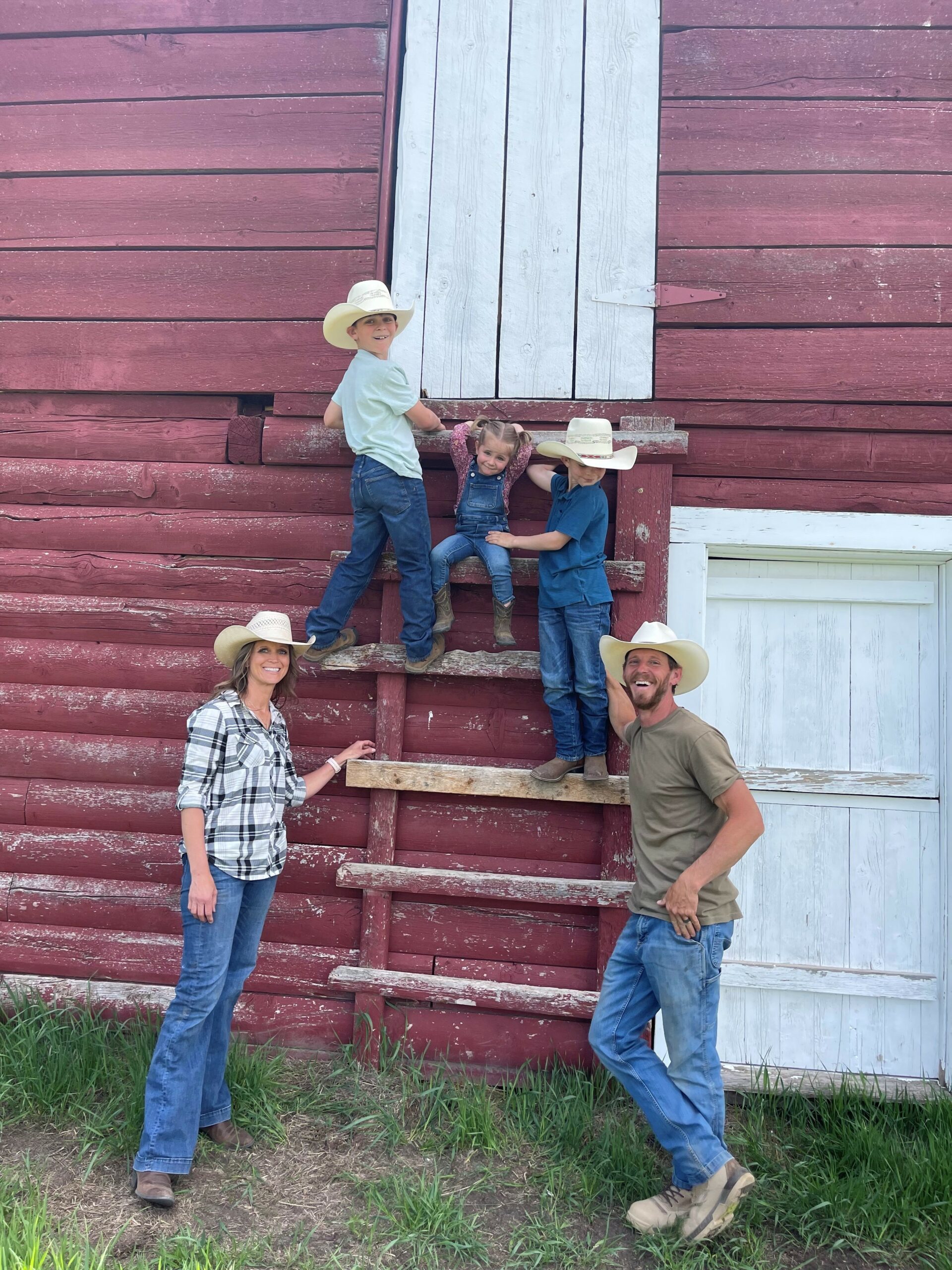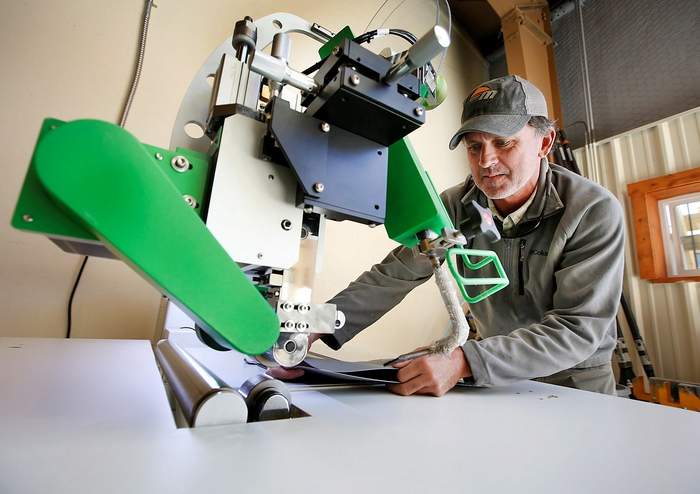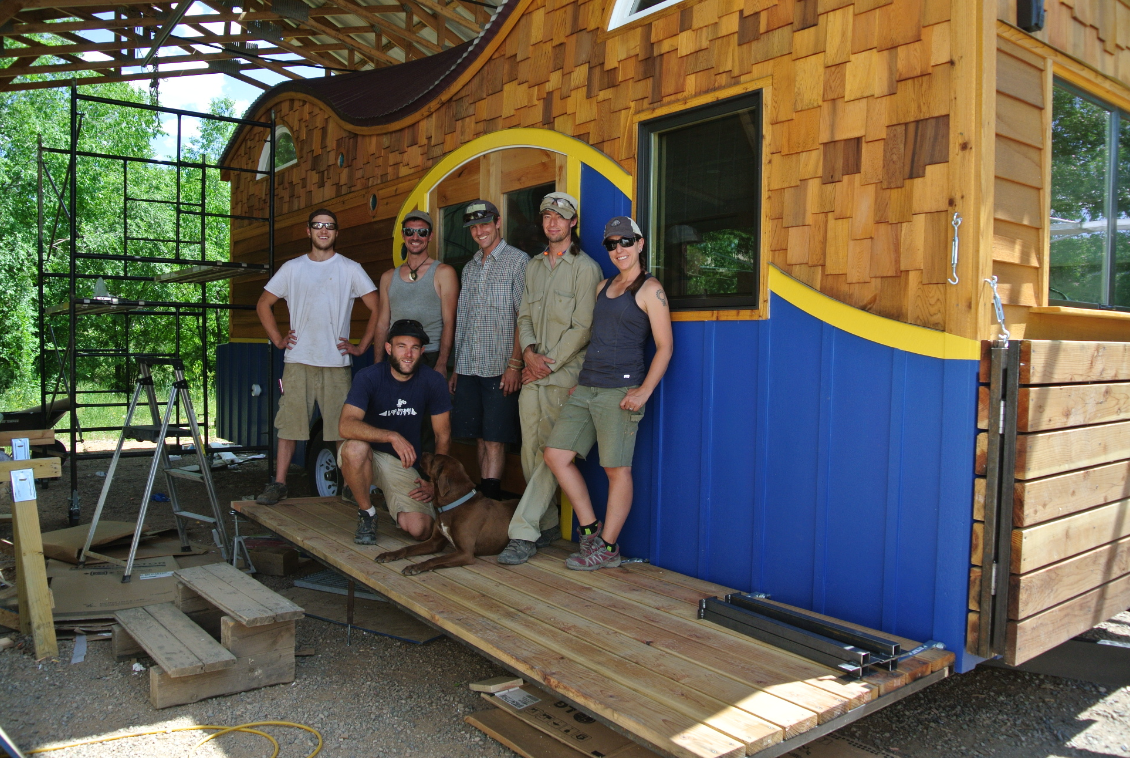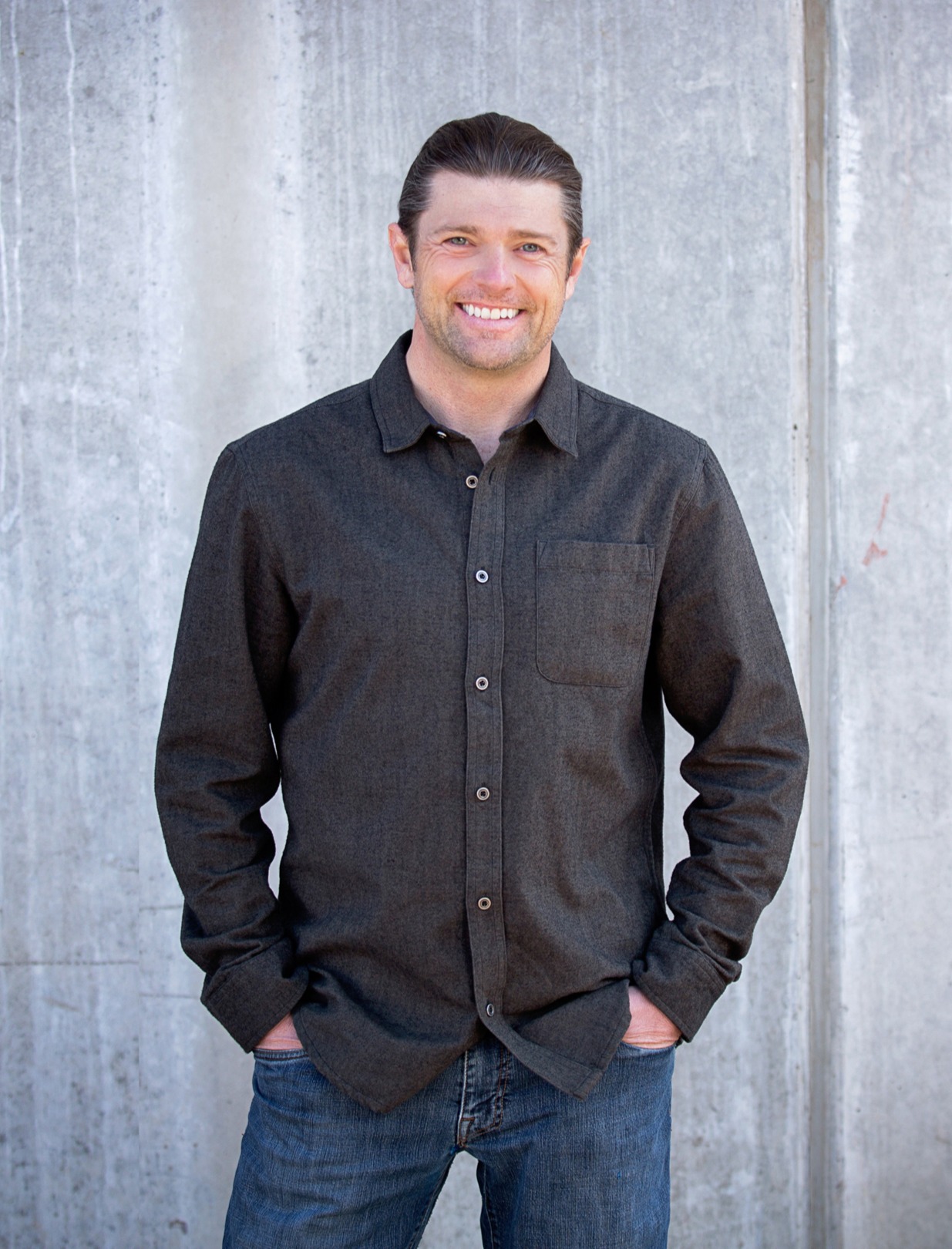The High Desert Conservation District is one of 76 special Districts throughout Colorado formed for specific purposes. Started in 1942 as the Dolores Soil Conservation District, the name was recently changed. “Our name didn’t accurately describe the area we serve and was very confusing to the public,” explains District Manager, Judy Garrigues.
Garrigues explained how the SBDC assisted in the name change. “We do not just serve Dolores and we oversee more than just soil. It was important for the public to recognize who we are and what we do.” The District is responsible for conservation and preservation of natural resources, focusing on agriculture and including the control of wind and water erosion and the reduction of damage resulting from floods.
In 2011 Judy contacted Joe Keck, who offered the services of SBDC to help her organize a round-table discussion with the agricultural community. The District wanted input from locals to assess what would be needed to keep farming a viable business. SBDC advisors Carolyn Dumire and Nancy Schaufele helped to coordinate the special meeting with 35-40 local farmers to gain their input on problems they were encountering.
The District serves as the liaison between the farmers and the resources they need. It is their job to protect the resources like water and soil and to prevent the degradation of the soil from erosion. When the farmers identify a problem, like the water is running down a ditch and taking the soil with it, the District, facilitates the solution by enlisting and coordinating the help of local experts, all types of non-profit and for profit organizations, government agencies and others resources with the expertise and technology to solve the problem.
After the round-table forum, advisor Cindy Dvergsten completed the final document outlining the needs and frustrations of the farmers and describing how farming contributes to the economy in Montezuma County. Many local farmers were interviewed by Mary Vozar, a local producer and partner in Confluence Farm. The local farmers provided valuable input for the document. Numerous economic and marketing issues were also uncovered.
Nancy Schaufele facilitated two retreats where the Vision and Mission statements for the new direction of the District were discussed and decided upon. As the District more clearly understood its purpose and the needs of its constituents, they realized that education for beginning and small to mid-size farmers was one crucial factor. Over the course of a year, Advisor Terryl Peterson helped formulate the Business Plan and including what the agency wanted to achieve and how they would move forward.
Realizing their need to brand and market, they enlisted the help of Advisor Louise Garnett, who contributed to the marketing section of the High Desert Conservation District Business Plan. This essential element was necessary to help consumers learn about the District and the services it provides. Once the producers are connected with the District, the District can help them find the resources they need to create a successful and profitable business.
Marcy Mitchell, of MTECH, wrote the web copy and helped the agency rebrand and educate the public about the services they provide. A new logo was designed and “a strategy was implemented to reach the farmers who aren’t big on technology such as Facebook and Instagram,” Judy shared. “They have a voice in the programs and assistance they receive. We just locate and provide the specialist or the resources that are available through the County, State or Federal Government.”
A beneficial synergistic relationship was created since the Conservation District now refers individual farmers back to the SBDC for one-on-one consulting with advisors and to classes such as Tilling the Soil of Opportunity facilitated by Cindy Dvergsten.
Judy summarizes, “We are happy to be the liaison and coordinator in the agricultural community pulling everybody together to keep us a viable agricultural landscape.”

